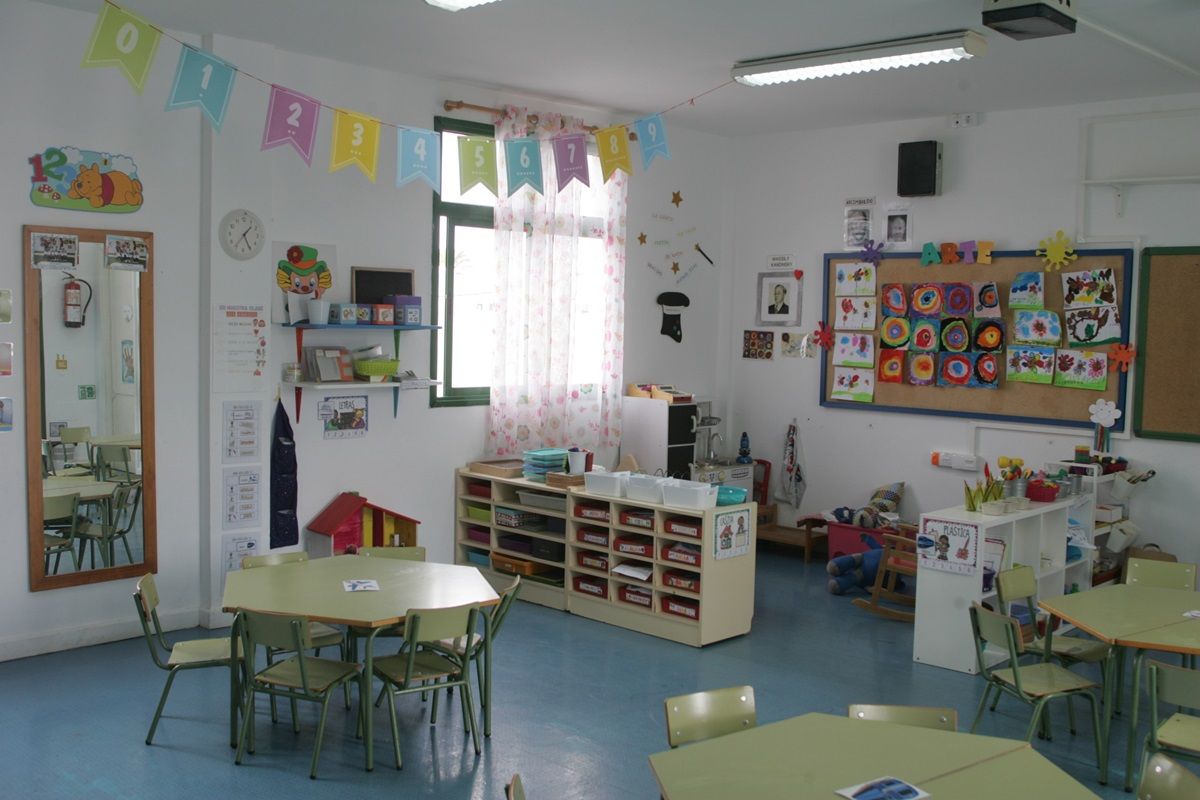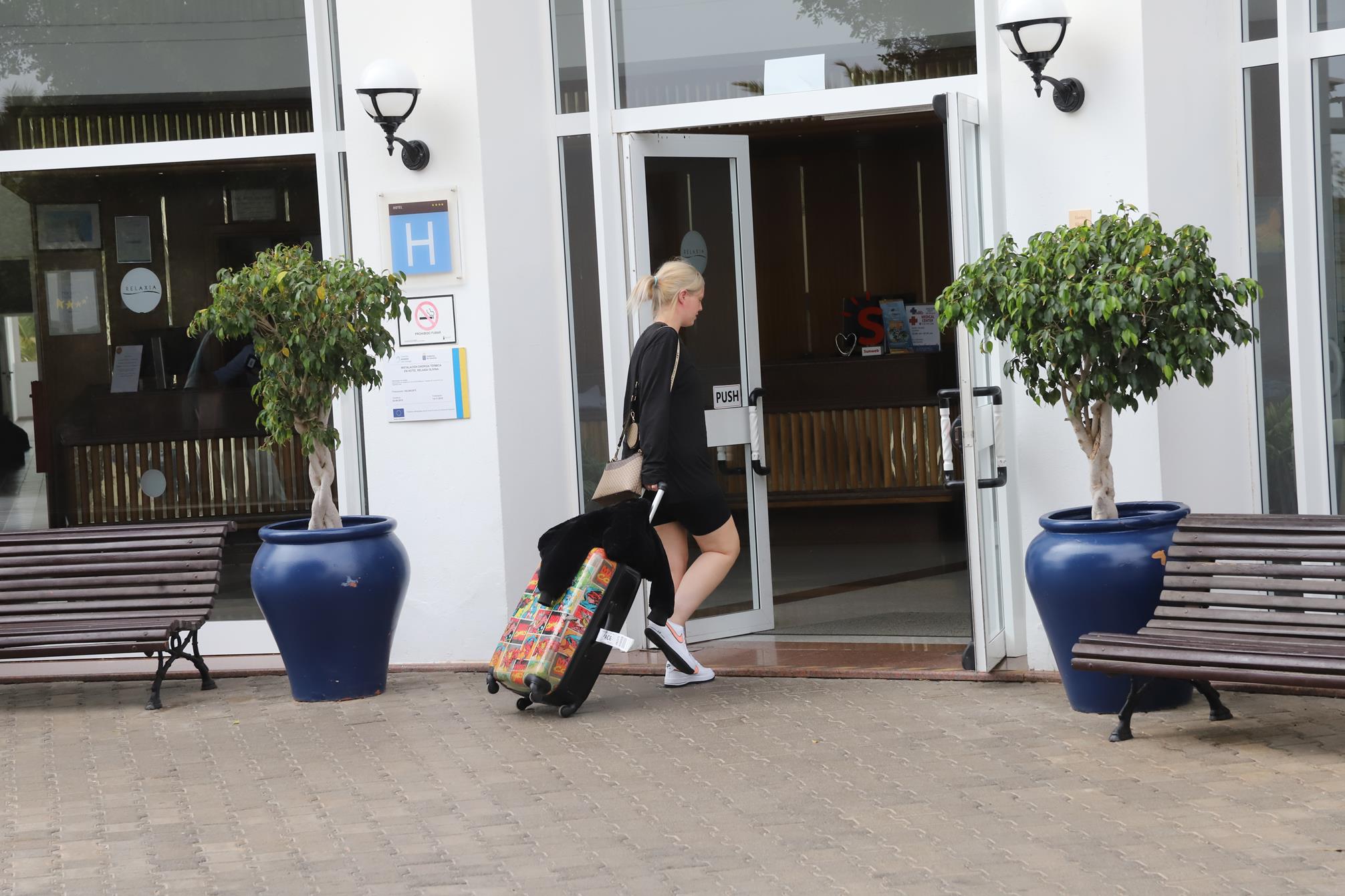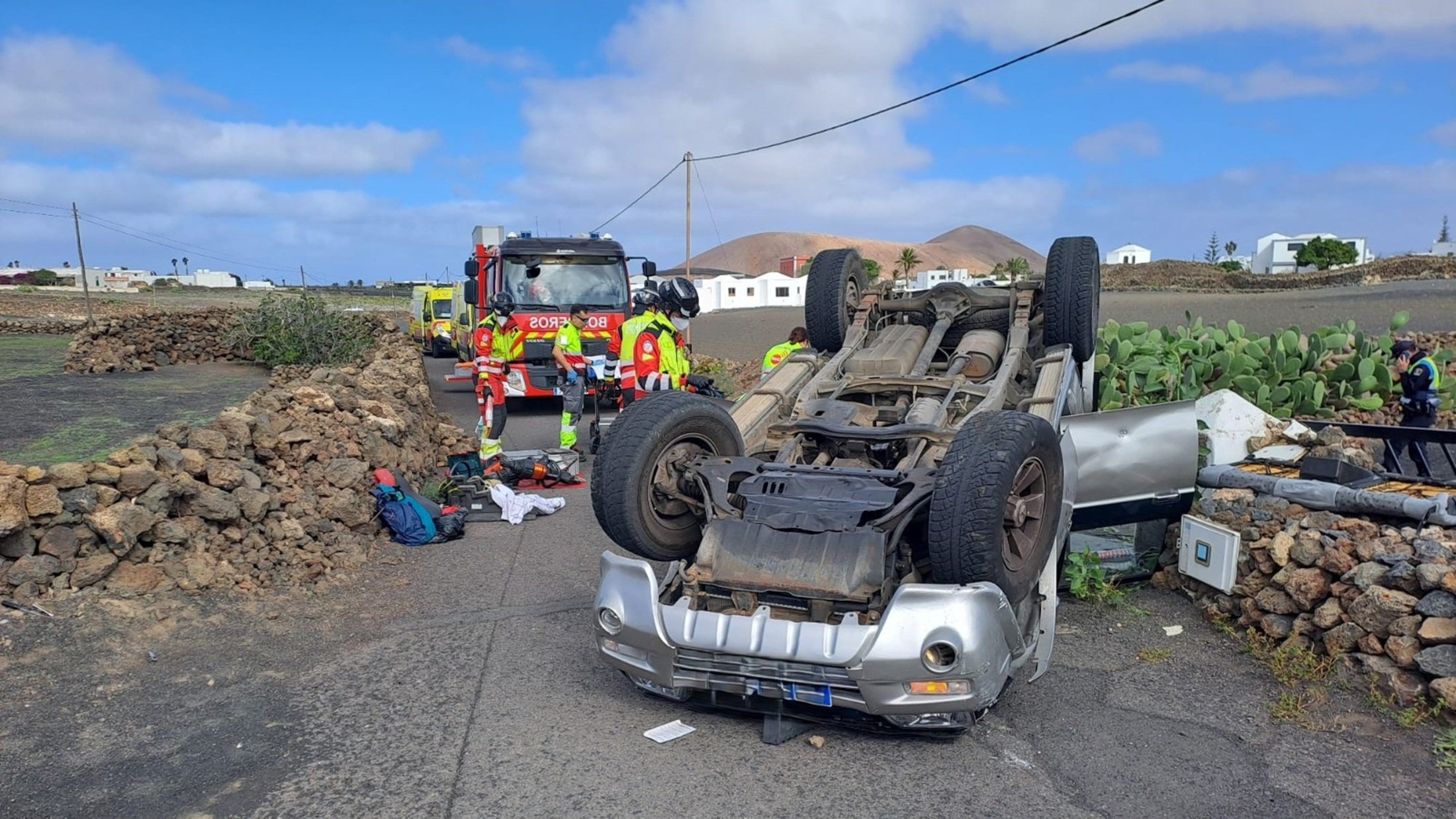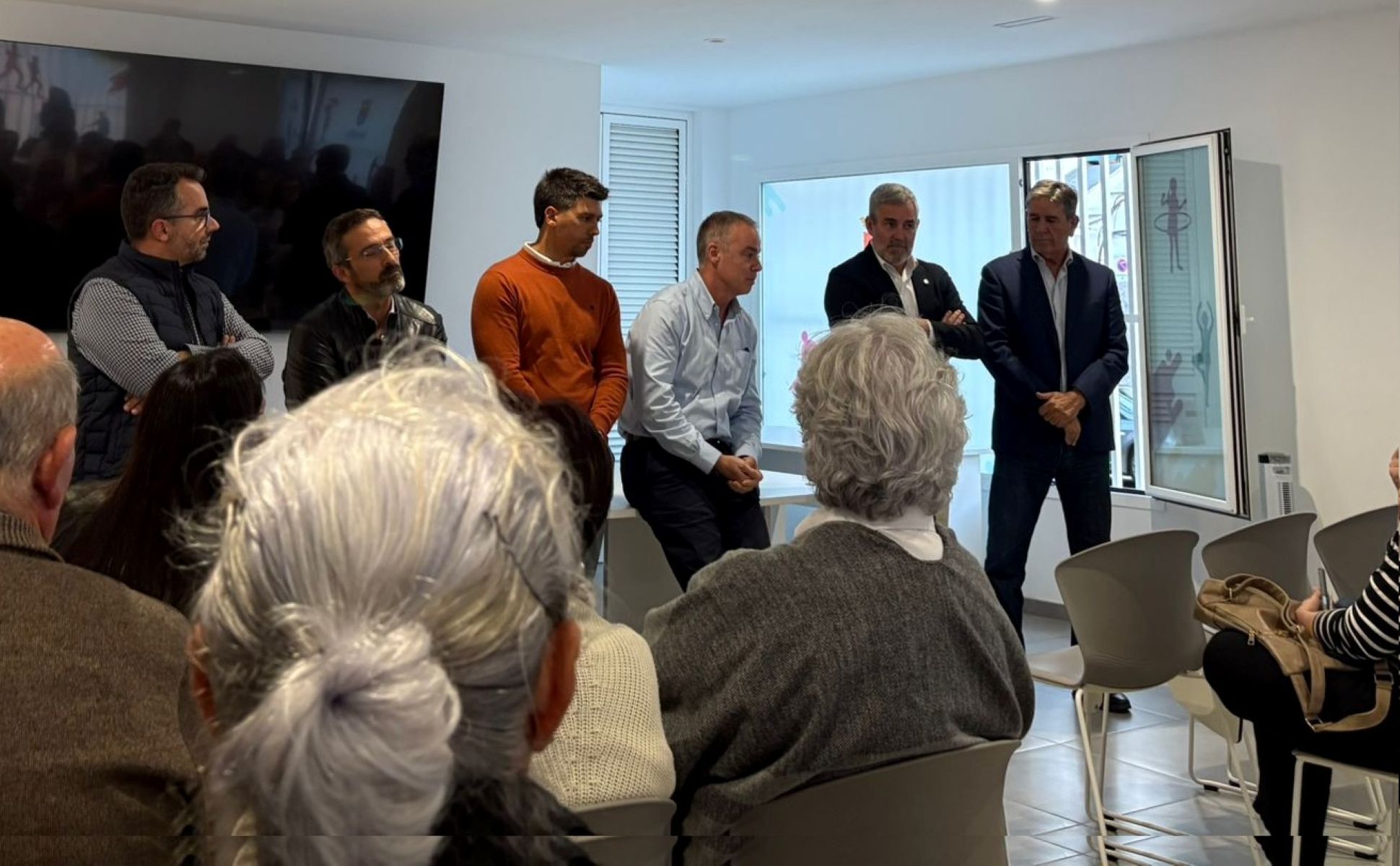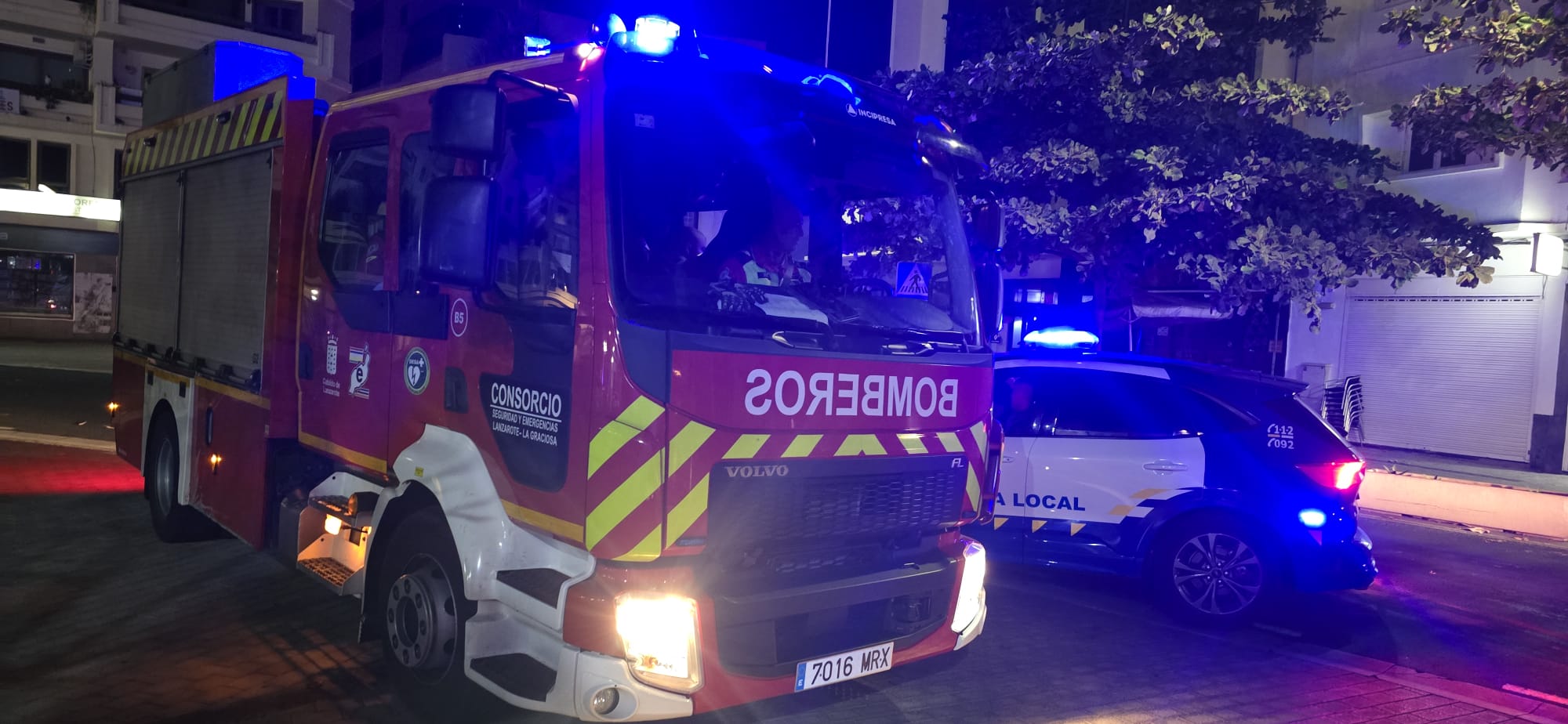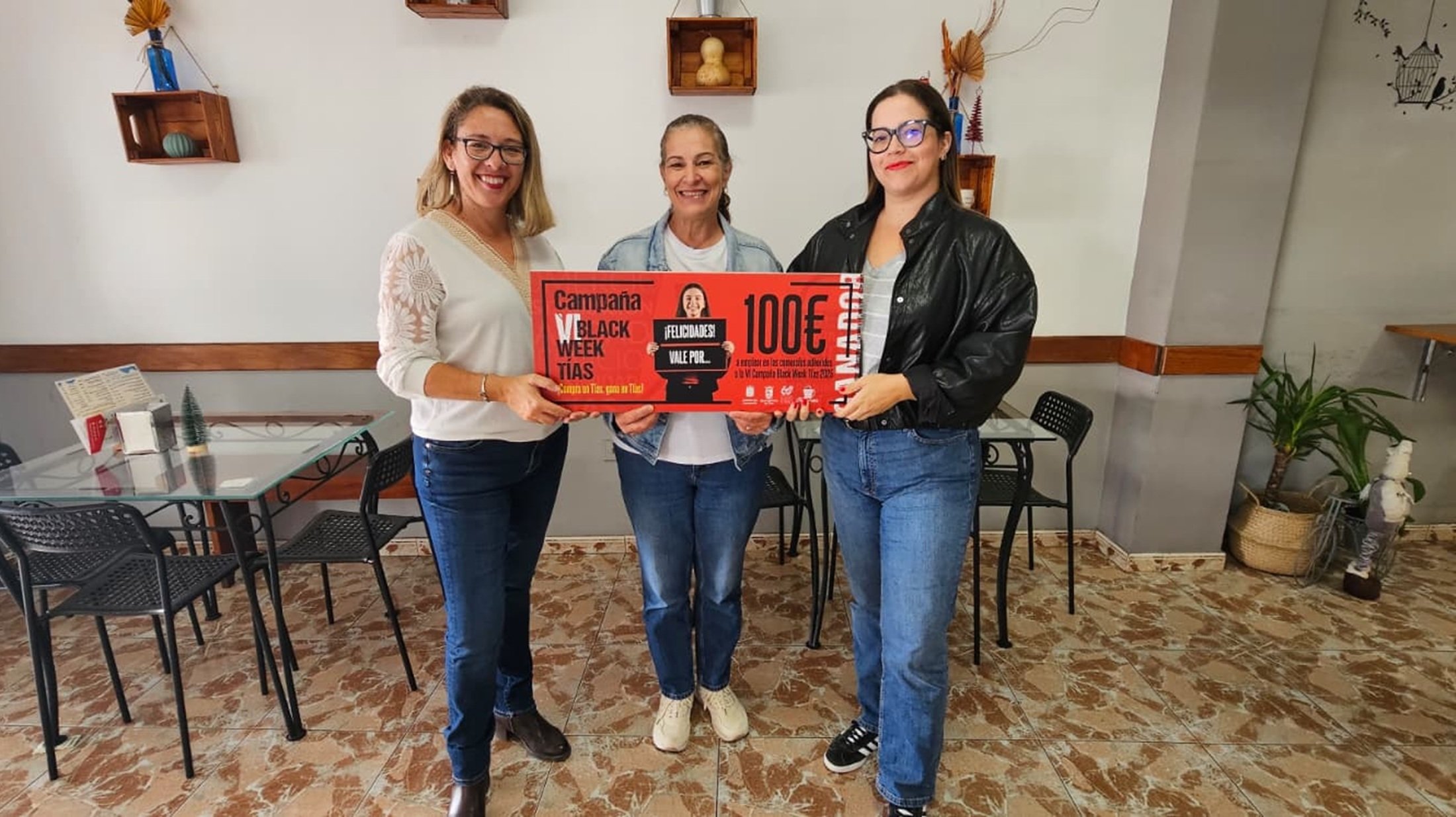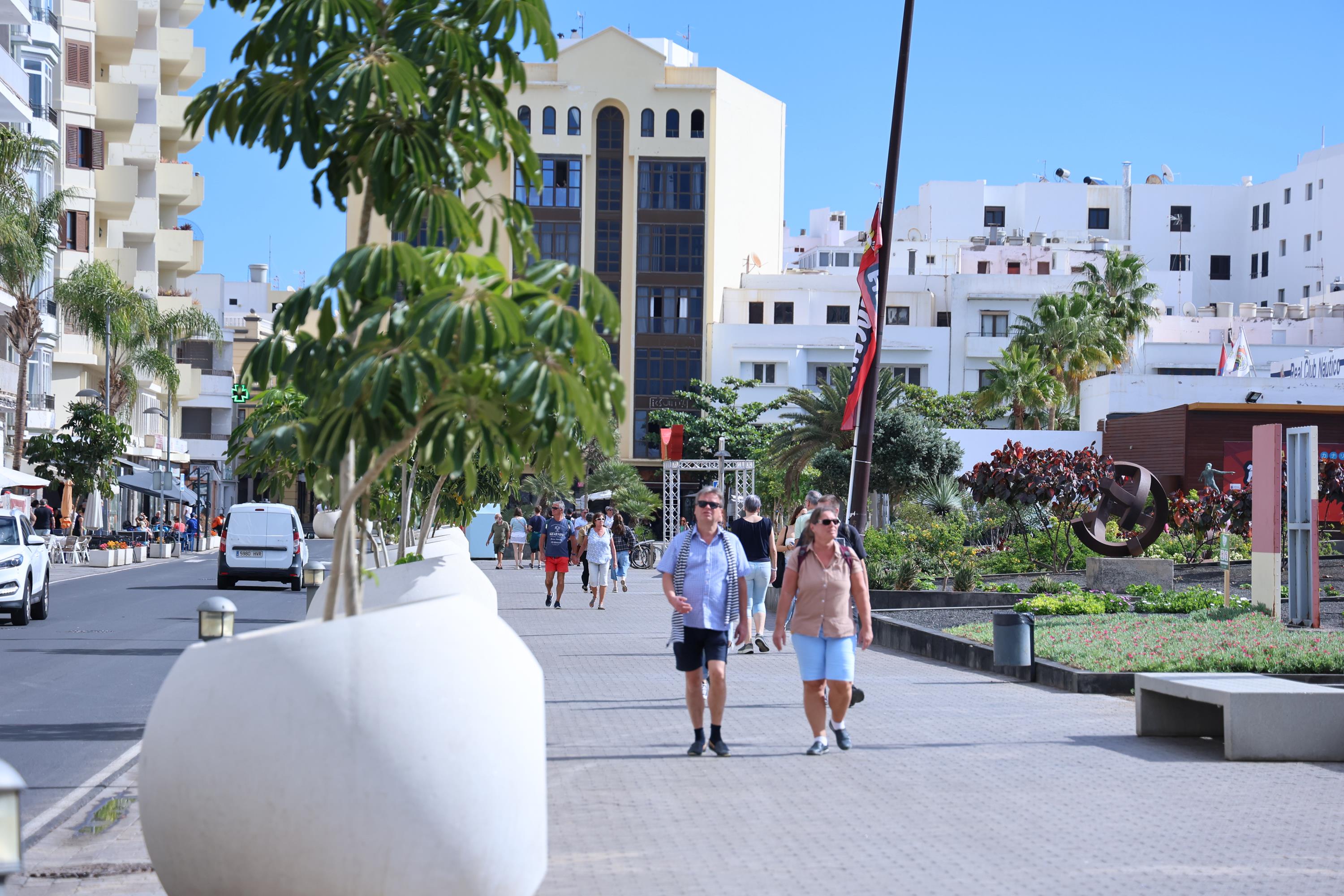"The prevention of suicidal behavior is a responsibility of all sectors of society." This is how the Intervention Protocol for Suicide Risk Detected in Educational Institutions of the Canary Islands begins, elaborated by the regional government and consisting of 125 pages.
Deaths by suicide among students are "infrequent," but they are "one of the leading causes" among adolescents worldwide. This protocol, which arises from a collaboration between the health, education, and social sectors, responds to the need of educational professionals to know how to respond to a case of suicide risk detected in the school environment.
This initiative delves into the importance of the educational environment in prevention, as well as its role in detecting, assessing, intervening, and coordinating with other institutions, such as Health, when a case is detected.
The action plan covers Canarian students, but also their families and caregivers, professionals from the centers, as well as workers from the Canarian Health Service, Social Services, and medical entities that care for them.
Detection of Suicidal Ideation
The document aims to establish mechanisms that allow for the early detection of people at risk. Therefore, it indicates the importance of paying attention to changes in behavior, verbal or written expressions that may hide suicidal thoughts.
The warning signs are "behaviors, comments, or symptoms" that may indicate that a person is at risk of carrying out suicidal behavior. The text includes different types of signs: direct (which imply a more immediate intervention) and indirect (which may manifest a mental health problem, which could imply suicide risk).
This protocol is intended to be activated when warning signs are perceived with direct acts. In this case, it concerns those people who show feelings of hopelessness, desires to die or self-harm, suicidal ideas, and intention to commit suicide, and may even have a plan.
In this case, the person at risk is already looking for ways to take their own life, even performing farewell acts such as writing a note, settling personal affairs, giving away possessions, or saying goodbye to family and loved ones. In addition, they exhibit self-harming behaviors such as cuts or burns that occur without the intention of taking their own life.
How to Act When a Case is Perceived
When some of these behaviors are perceived, the protocol must be activated. At this point, anyone in the educational community, whether teaching or non-teaching staff, can determine if there is a risk or suicidal behavior and implement it.
Upon detecting a case in an educational center, different steps must be taken: phase one (institutional activation) and phase two (individual activation).
In the first phase, it is recommended to "adopt immediate prevention measures," communicate it immediately to the center's management and the counselor (or in their absence, to the coordinating person for the well-being and protection of the students), as well as to the tutor.
At this point, the center's management must activate the institutional protocol. In addition to conducting an interview with the person at risk on the same day it is detected. For this, the document provides an interview model, which will be governed by the Columbia scale that measures the level of suicidal risk.
Between the activation of the protocol and the interview with the student, the action plan dictates that the minor must be under supervision during breaks, when going to the bathroom, between classes, and in movements to the classrooms, as well as in similar spaces. All this while respecting the confidentiality of the minor.
The interview that provisionally assesses the suicidal risk is "a fundamental tool" for this protocol, as it serves to investigate, confirm, or deny a suspicion of suicidal risk and the state in which the student is. Based on the results of the interview, "the different action procedures" will be determined. This assessment is not a clinical evaluation, which is exclusively reserved for health professionals.
At the same time, the educational center may "explore the personal and social situation of the student, gathering all possible information" to explore and describe the current situation.
In this sense, and while the second phase begins, access to lethal means must also be limited and the minor's attendance must be monitored in case of unjustified absence, immediately communicating it to their parents.
When the results of the Columbia scale determine that the student is at "low, moderate, or high" risk, a management, intervention, and monitoring team must be established for the suicidal risk within a maximum period of 48 hours. After that, an individualized plan will be drawn up.
Second Phase of the Protocol: Individual Activation
Phase two of the protocol, individual activation, is initiated when the Columbia Suicide Risk Scale shows that there is a risk (of any level), whether imminent or uncertain.
At that point, the center's reference persons (those responsible for management, guidance, tutoring, and area inspection) must know that the protocol has been activated. The information must also be conveyed to the student according to their age and ability to understand it. In addition to this, the activation will also be conveyed to the families and the request to keep other organizations and institutions informed.
While the management and intervention team is being formed, the center's management and counselors will be "responsible" for establishing the basic actions that should be applied "immediately."
At the same time, the minor will be referred to the health center of the Canarian Health Service or to the affiliated insurance company, and the educational center must verify that they have been assessed at the recommended center.
Meanwhile, a guide of general recommendations for the family will be offered after detecting the suicidal risk in students, and a series of recommendations will be given to the parental figures, such as security measures until they are assessed.
Students at High and Imminent Risk
If it concerns students at high risk of carrying out a suicidal act, the legal guardians will be asked to come to the educational center "urgently." Thus, they must be accompanied until they are with their parental figures or those responsible for their guardianship, they must be accompanied by at least two people and never be alone, eliminate lethal means, and control access to windows.
Meanwhile, if after the interview it is determined that the student is at imminent risk, that is, that they may commit the suicidal act in less than 48 hours, "the higher clinical and legal criteria must prevail, that is, the safeguarding of life, when there is an imminent risk."
Indicate to the student the need to evaluate and receive professional support in the Canarian Health Service "immediately" and their referral to a health center. In addition to contacting their parents, if they are under age.
If the parents cannot come to the center, coordination must be activated with 112 for the transfer by health professionals and verify that they have been assessed in the hospital Emergency Service.
If, on the contrary, the Columbia scale concludes that there is no risk, the second phase of the process is not activated, but the situation must be communicated to the family, while the health professionals will be recommended to perform a clinical evaluation of the minor's mental state.
Meanwhile, in the indirect acts, the person feels that life has no meaning or that they have no reason to live. To which is added the suffering and the feeling of being a burden to others.
In these cases, they isolate themselves from their loved ones, show impulsive behaviors, and may increase the consumption of alcohol or drugs. If it is suspected that the person suffers from a mental health problem or only indirect warning signs are perceived, this protocol will not be activated, but the "usual procedures" that are already established in the Canarian educational centers will be followed.
What are Self-Harm and Suicidal Gestures and How to Detect Them
To understand what suicidal behavior is, the document talks about self-harm and suicidal gestures, which although are concepts that have differences are defined jointly because in none "there is an intention to kill oneself" and can be predicted similarly. However, both can cause death, even if that is not what is sought.
The suicidal gesture is the behavior performed by a person so that others "believe that they intended to kill themselves" even if there is no intention, while self-harm causes an injury deliberately, but without the intention of killing oneself.
In contrast, there is the suicide attempt, where there is a "potentially harmful self-inflicted behavior" that does not achieve death, but in which there is an intention to take one's own life. Meanwhile, suicide is self-inflicted death with evidence (implicit or not) that the person wanted to cause themselves death.
Thus, suicidal risk is the probability of a person to make a suicide attempt, in which is detected: the level of imminent risk (when there is a probability that the person will take their own life in the 48 hours following the evaluation).
